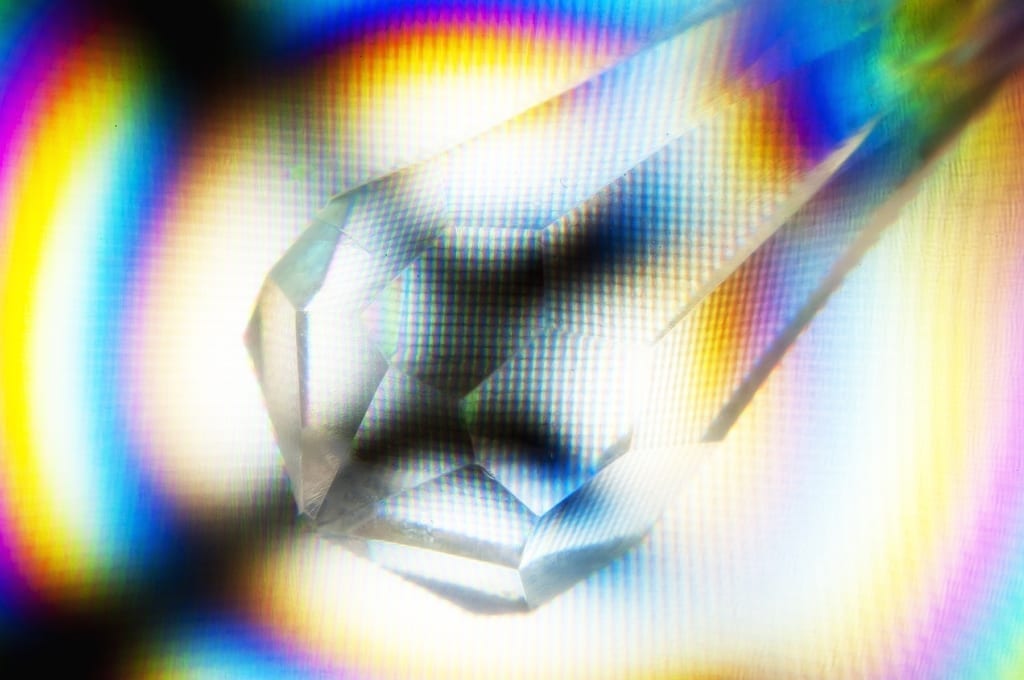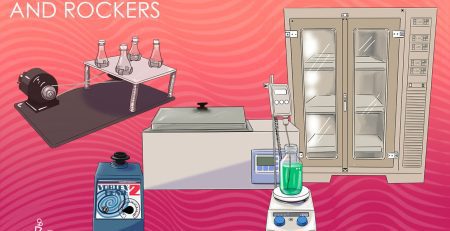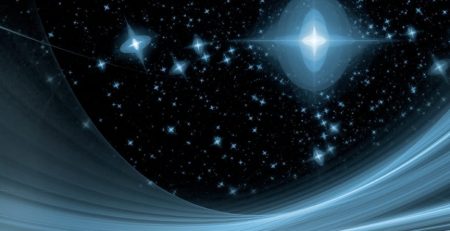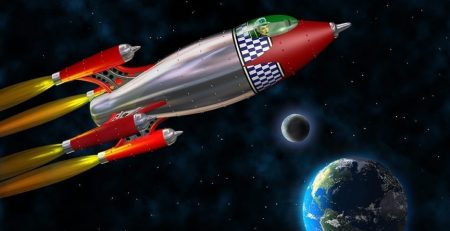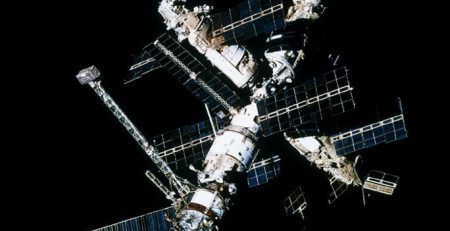Time Crystals May Actually Exist
Ever since Nobel laureate Frank Wilczek first proposed the idea of time crystals in 2012 physicists have been debating whether they are just a mathematical curiosity, or if they could actually exist. Wilczek argued that he had proof of time crystals – “physical structures that move in a repeating pattern, like minute hands rounding clocks, without expending energy or ever winding down,” according to Wired. But “unlike clocks or any other known objects, time crystals derive their movement not from stored energy but from a break in the symmetry of time, enabling a special form of perpetual motion.”
It was this idea of perpetual motion that made many physicists scoff, however, in a new paper published in Physical Review Letters physicists from the University of California, Santa Barbara (UCSB) and Microsoft Station Q (a Microsoft reserach lab located on the UCSB campus) have demonstrated that it may be possible for time crystals to physically exist.
According to phys.org the “physicists have focused on the implication of time crystals that seems most surprising, which is that time crystals are predicted to spontaneously break a fundamental symmetry called ‘time-translation symmetry.’…
“The crucial difference here is between explicit symmetry breaking and spontaneous symmetry breaking,” coauthor Dominic Else, a physicist at UCSB, told phys.org. “If symmetry is broken explicitly, then the laws of nature do not have the symmetry anymore; spontaneous symmetry breaking means that the laws of nature have a symmetry, but nature chooses a state that doesn’t.”
This new study specifically defines what it would take to spontaneously break time-translation symmetry, and then uses simulations to predict that this broken symmetry should occu in a large class of quantum systems call “Floquet-many-body-localized driven systems.”
“The significance of our work is two-fold: on one hand, it demonstrates that time-translation symmetry is not immune to being spontaneously broken,” said study coauthor Bala Bauer, a researcher at Microsoft Station Q. “On the other hand, it deepens our understanding that non-equilibrium systems can host many interesting states of matter that cannot exist in equilibrium systems.”
Read the full article on phys.org.




